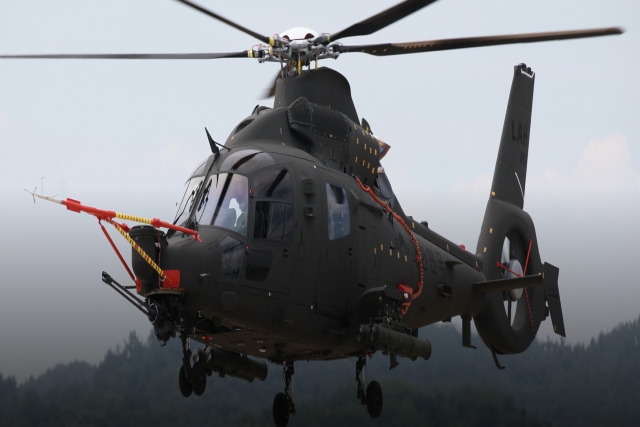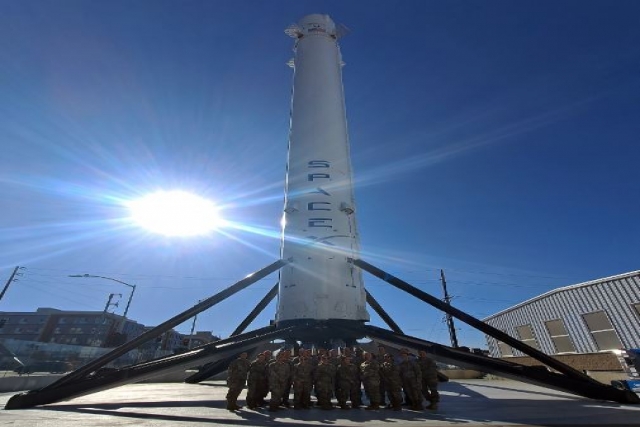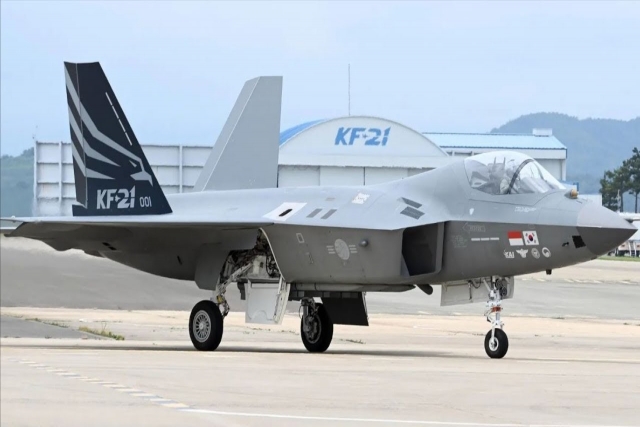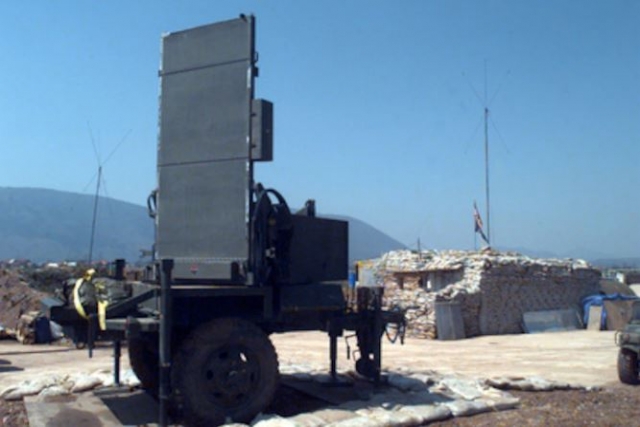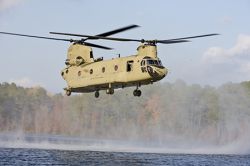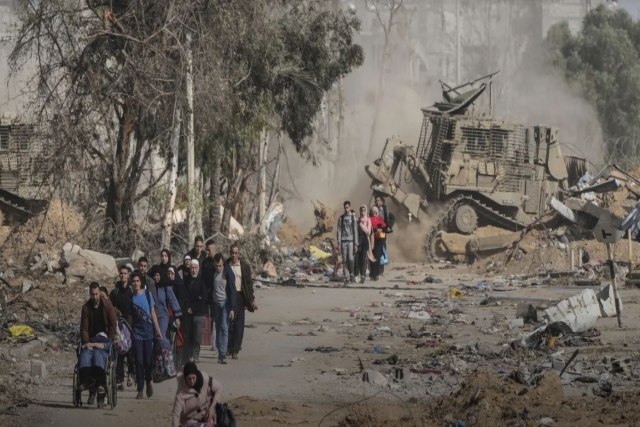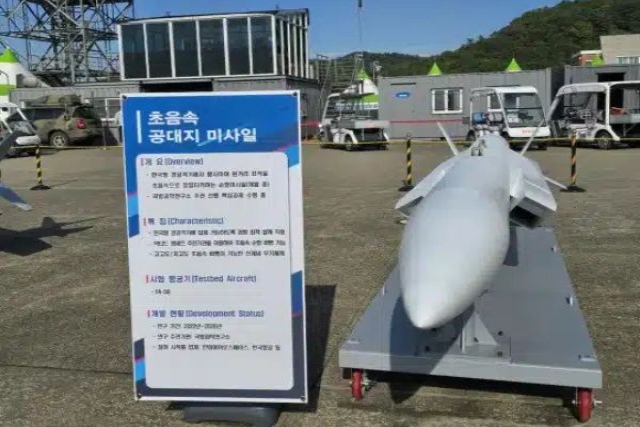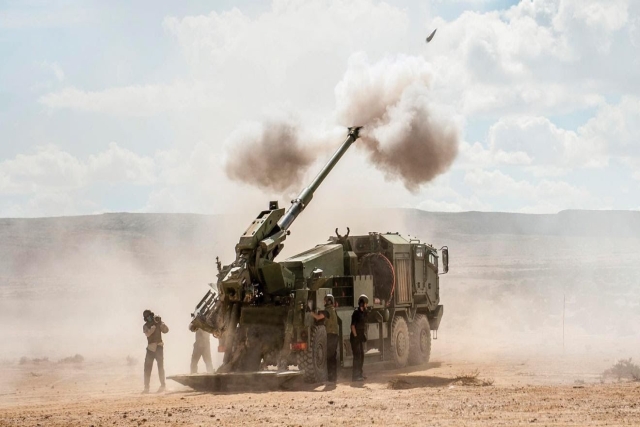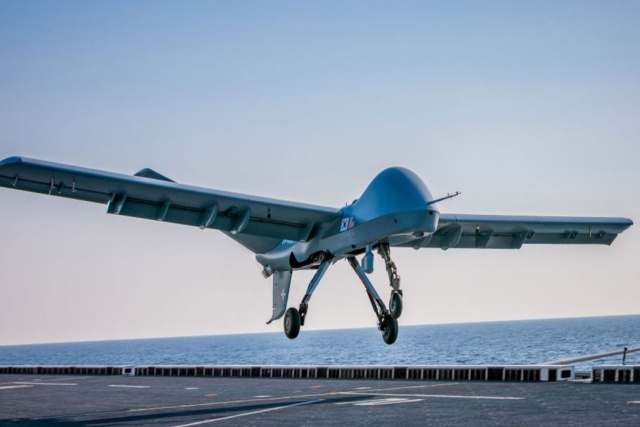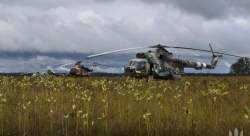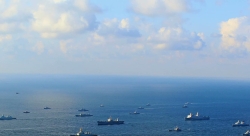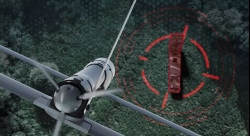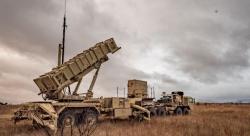South Korea Develops 'Cheongeom' Missile, Its Competitor to American Hellfire II
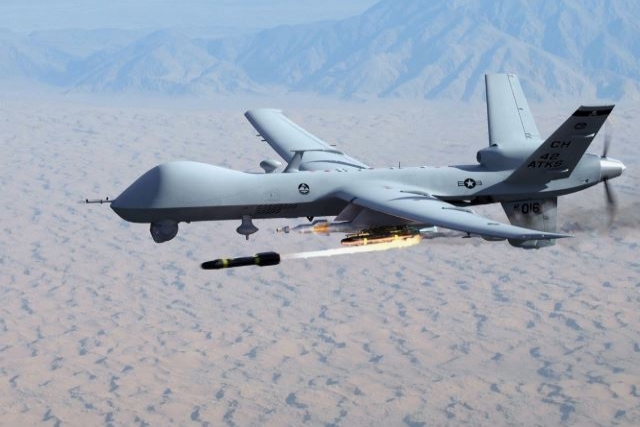
South Korea’s Defense Acquisition Program Administration (DAPA) has developed a new “tank sniper” missile for small-size helicopters which can emerge as competitor to the U.S. made Hellfire II.
The Cheongeom air-to-ground guided missile obtained combat suitability on December 12 and succeeded in system development.
This project was supervised by the Agency for Defense Development from November 2015 to December 2022. For the first time in Korea, the development of a small armed helicopter (LAH) took place simultaneously with the creation of a weapon –Cheongeom.
“It was confirmed that the main performance of the Cheongeom, such as accuracy rate, range, and penetrating power, was equal or better than similar weapon systems overseas,” the DAPA said in a statement.
With the installation of a dual-mode searcher (visible light / infrared imaging) and operator intervention possible after launch, it secured better guidance than Hellfire - II.
Cheongeom can be operated in Fire & Forget as well as Fire & Update mode. It can be launched in non-line of sight by applying wired data link.
Penetration capacity of the South Korean missile reached the level of Hellfire - II, exceeding the main operational capability (ROC).
This new missile is equipped with an artificial intelligence algorithm that is not found in similar weapon systems for the first time.
Through deep learning of over 800,000 frames of target images, it is possible to automatically capture fixed targets without operator intervention in case of emergency.
Through this, it is possible to expect the effect of increasing the hit rate and operator survivability and shortening the operation time.
Following the results of this system development, it is expected that Cheongeom will be developed as various derivative models in the future. It is being developed so that it can be installed on amphibious attack helicopters that are being promoted through domestic R&D.
A plan to convert air-to-surface missiles into surface-to-surface missiles and mount them on ground platforms such as tanks, armored vehicles, and tactical vehicles is also being reviewed.
In addition, in order to prepare for various battlefield environments, range extension, warhead diversification, wireless data link application, and artificial intelligence advancement are development plans that can be considered in the future.
